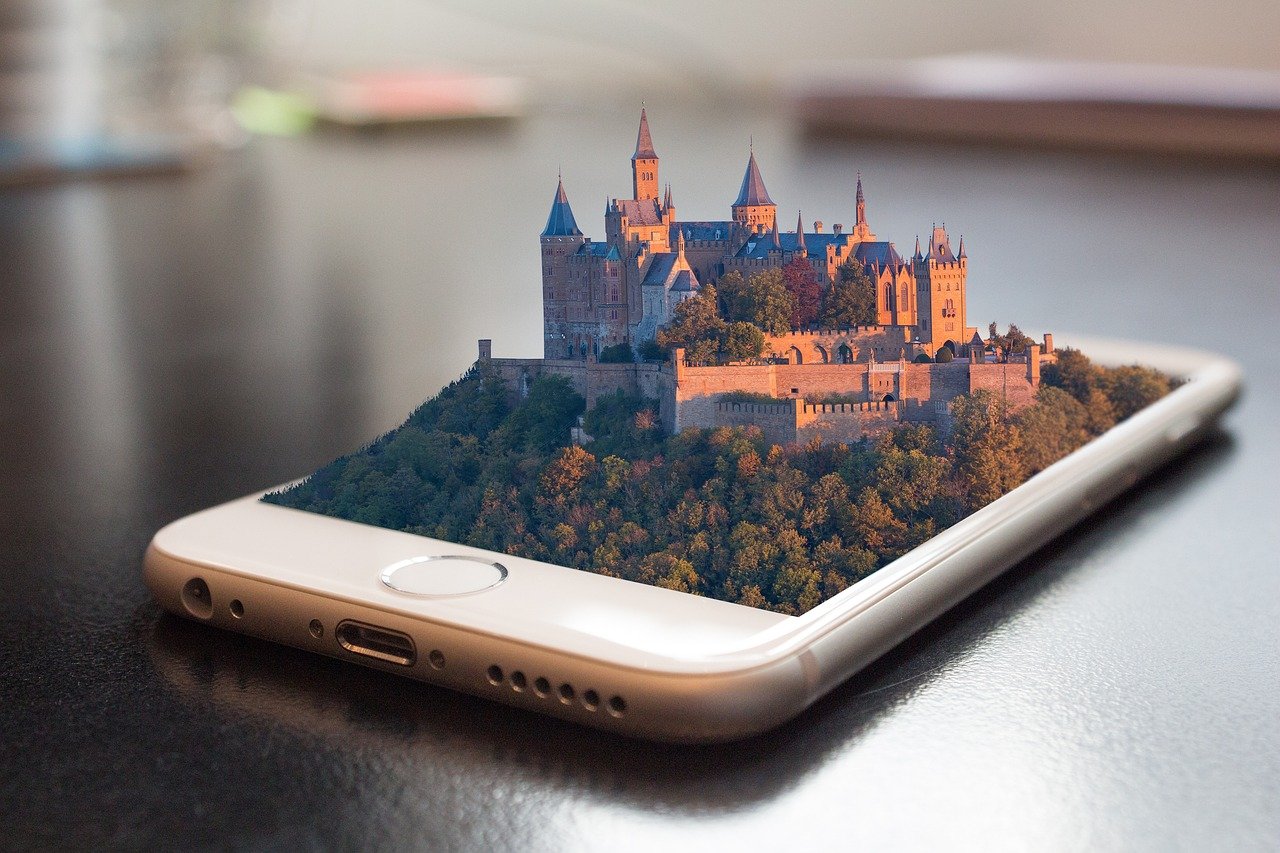#WFH What’s Your Organizational Identity?
But connecting via a device is different than looking your coworker in the eye and going out to lunch together. Workers who are connected via devices are often uncertain about what is expected and this creates additional anxiety. Having more micro-workers, free agents and job changers in the workforce also means fewer close friends at work and less of a sense of belonging. Over the long run, you are less connected and more alone.
Virtual communities help some, but there is a lot of work for employers to do. Employers tend to treat virtual workers as if they do not exist. You are “out of sight, out of mind.” Most importantly, they don’t always trust you. Employers need to establish a place where virtual workers can connect with each other and the company. It is important for virtual workers to have a face and a place. Productivity is improved when people feel at home and as if they belong to a greater cause (Challenger, 2002).
People want their own identity within the organization and they want to be recognized and appreciated. No one wants to be faceless or nameless or feel out of the mix. Just as you took items from home and family pictures to work in the cubicle, it might be a good idea to equip the home office with a few elements to remind you of work: photos of the team or coworkers, the company logo, etc. Those reminders connect you with your professional identity.
#WFH, #RemoteWorkplace, #RemoteWorker, #WorkFromHome, #BobbeGB, #BobbeBaggio, #ThePajamaEffect, #Touchpoints, #Virtual Workplace, #Virtual Worker #PJEffect





